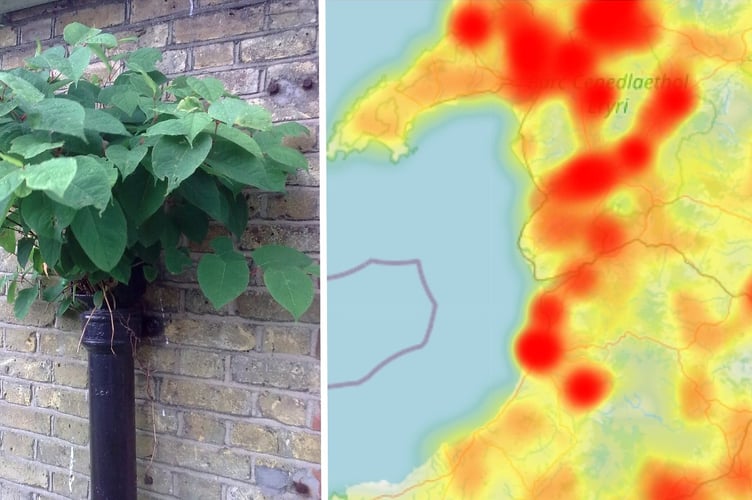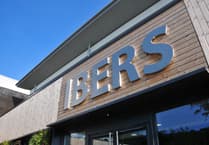Parts of Ceredigion and Meirionnydd have some of the worst infestations of Japanese knotweed in Wales, according to the latest data.
As Japanese knotweed’s summer growth period draws to a close, invasive plant specialist Environet has analysed the latest data from its live online tracker to reveal this year’s Japanese knotweed hotspots.
Populated with almost 58,000 known infestations of the UK’s most invasive plant and charting its spread across the UK, Exposed: The Japanese Knotweed Heatmap alerts homeowners and homebuyers to the risk level in their local area.
Users can enter their postcode directly into the map to discover the number of verified knotweed sightings within a 4km radius, with hotspots highlighted in yellow, orange or, in the worst cases, red. They can also add sightings by uploading a photo to be verified by experts.
Swansea has the highest number of infestations in Wales, with 1,350 recorded this year.
Dolgellau, Aberystwyth and Ffestiniog all feature in the top 10, according to the data.
Dolgellau has 564 known infestations of the invasive plant, with Aberystwyth having 467 cases and Ffestiniog having 455.
With a total of 16,811 known infestations across Wales, there are on average 8 occurrences of Japanese knotweed in every 10km². Japanese knotweed usually emerges in March or April and grows rapidly to reach up to 2.5 metres in height by mid-summer. It is identifiable by its hard, bamboo-like canes and distinctive shield-shaped bright green leaves which grow in a zigzag pattern along the stem. Mature plants flower in August, becoming covered in clusters of delicate tasselled creamy-white flowers. Knotweed does not produce viable seeds as all the plants in the UK are female, so it is usually spread accidentally through the movement of soil or gardening waste, or via rivers and streams when pieces of rhizome break off and take hold in new locations.
Tackling knotweed costs the UK economy nearly £250 million a year and homeowners are one of the groups most at risk – not only from potential damage to their property, outbuildings and gardens, which can be costly to repair, but also from legal risks arising from encroachment or when properties are sold.
Nic Seal, founder of Environet, said: “Vigilance is the best way to protect your property from the risks posed by Japanese knotweed. Make sure you know what knotweed looks like and how it differs from other common garden weeds like ivy and bindweed, so you can keep an eye out for it in your garden and neighbourhood.”




